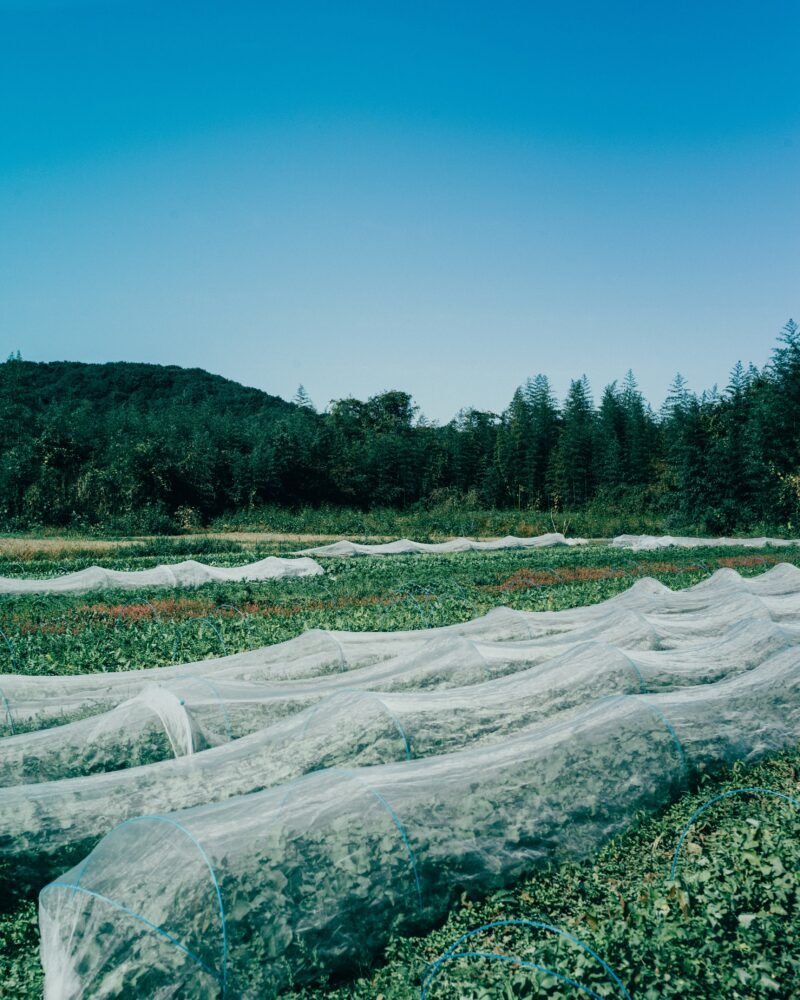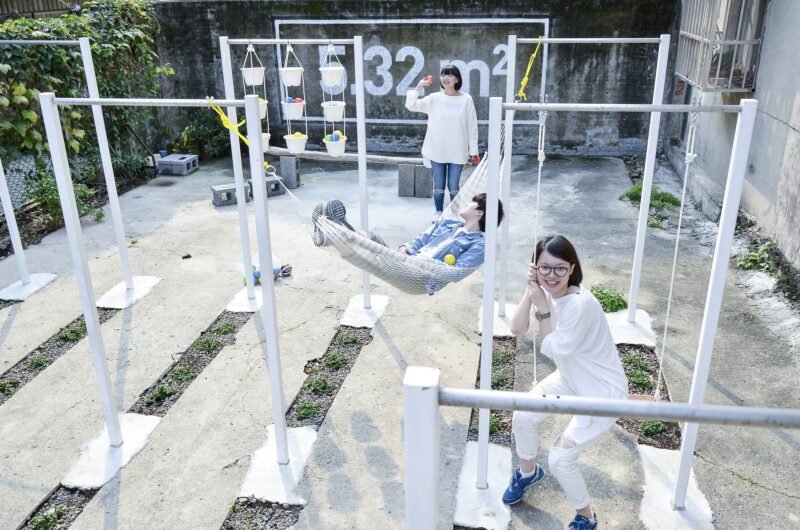The New Era of ‘Home’ — With Renny Ramakers
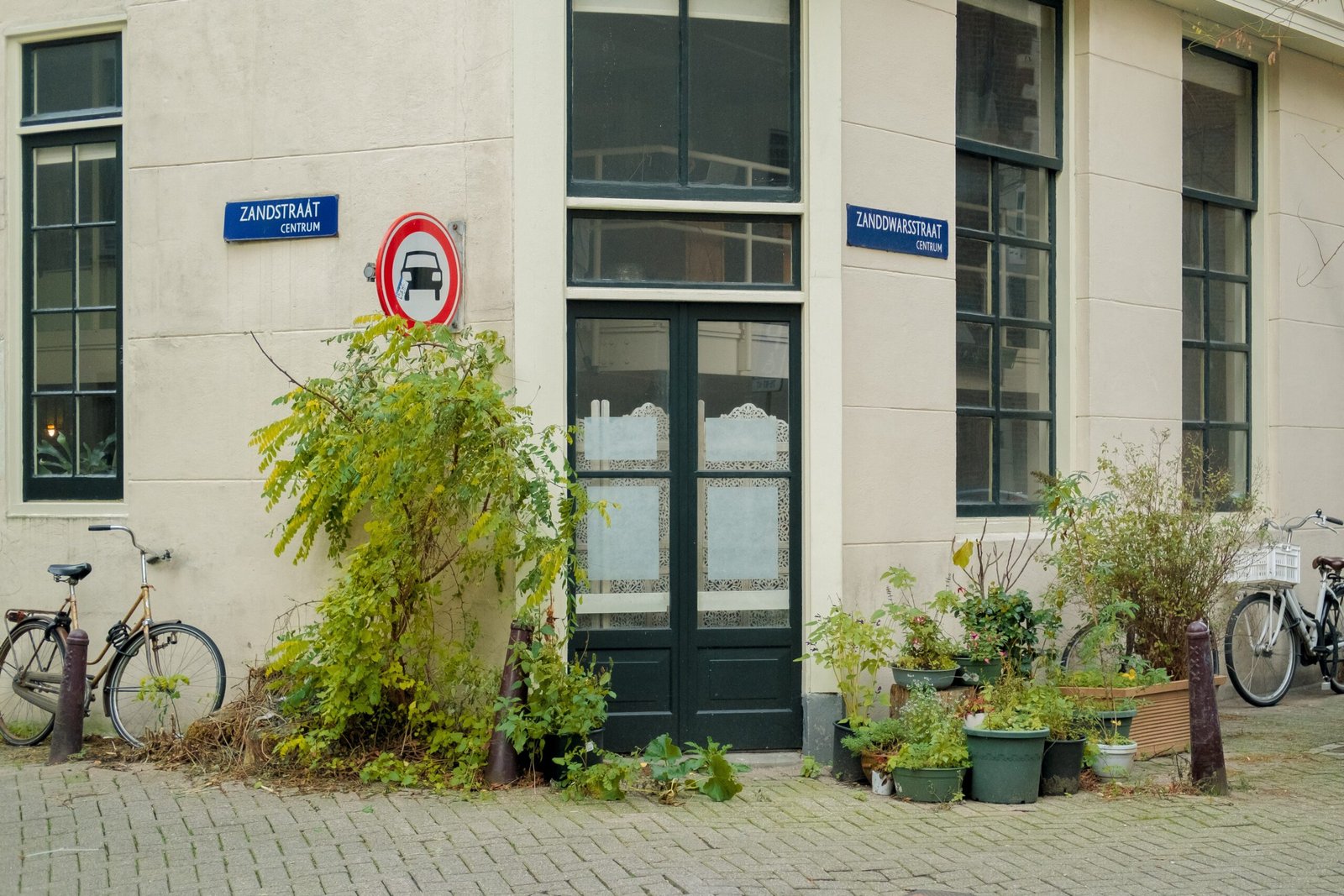
Starting with the conceptual design movement in the 1990s, Droog, the renowned Dutch Design Collective has shaped contemporary design practices through their modern, minimalistic and innovative products. In recent years, they've expanded their scope, now spearheading urban-related projects like Open House and Design and Desires, to explore the evolving roles of our communities. What is Droog co-founder Renny's take on all the drastic changes we witness in our neighbourhoods and cities? Her reflections are coupled with photographs of her neighbourhood in Amsterdam, taken by Adrian Mećava in December 2020.
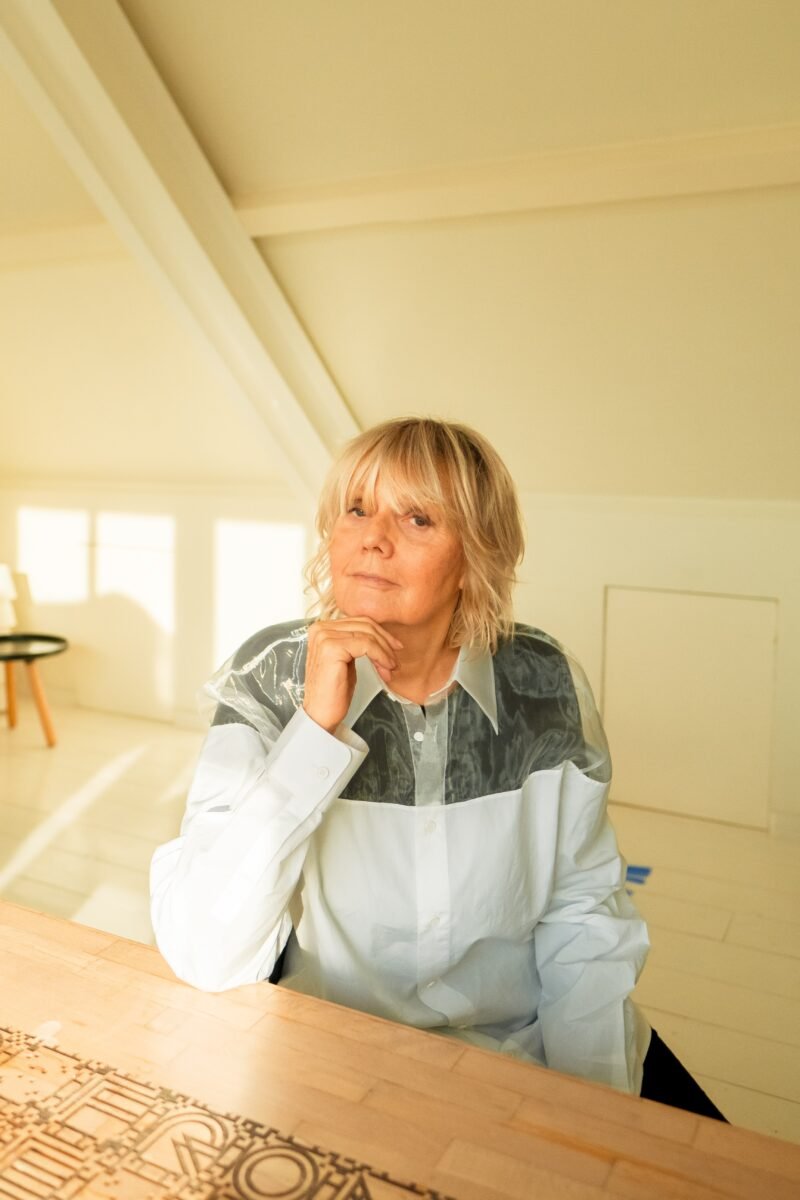
Our Relationship With Our Cities Under the Pandemic
I think that changes like the increase in the number of people moving from the city center to the suburbs have been happening for years, but with the pandemic, it’s been exponential. Though I’m usually based in the Netherlands, I was in this Barcelona house for three months starting in September, two of which was in the midst of a lockdown, but I was able to continue all my work from here.
The strong performance of the furniture, DIY and gardening stores shows that people are starting to become more aware of their homes and living environment. Hopefully this will continue in the future. My neighbor in Barcelona said, “I’ve lived here for 20 years, but I’ve never seen the village properly. Instead of driving around, she walks around and is amazed at the richness of the place.”
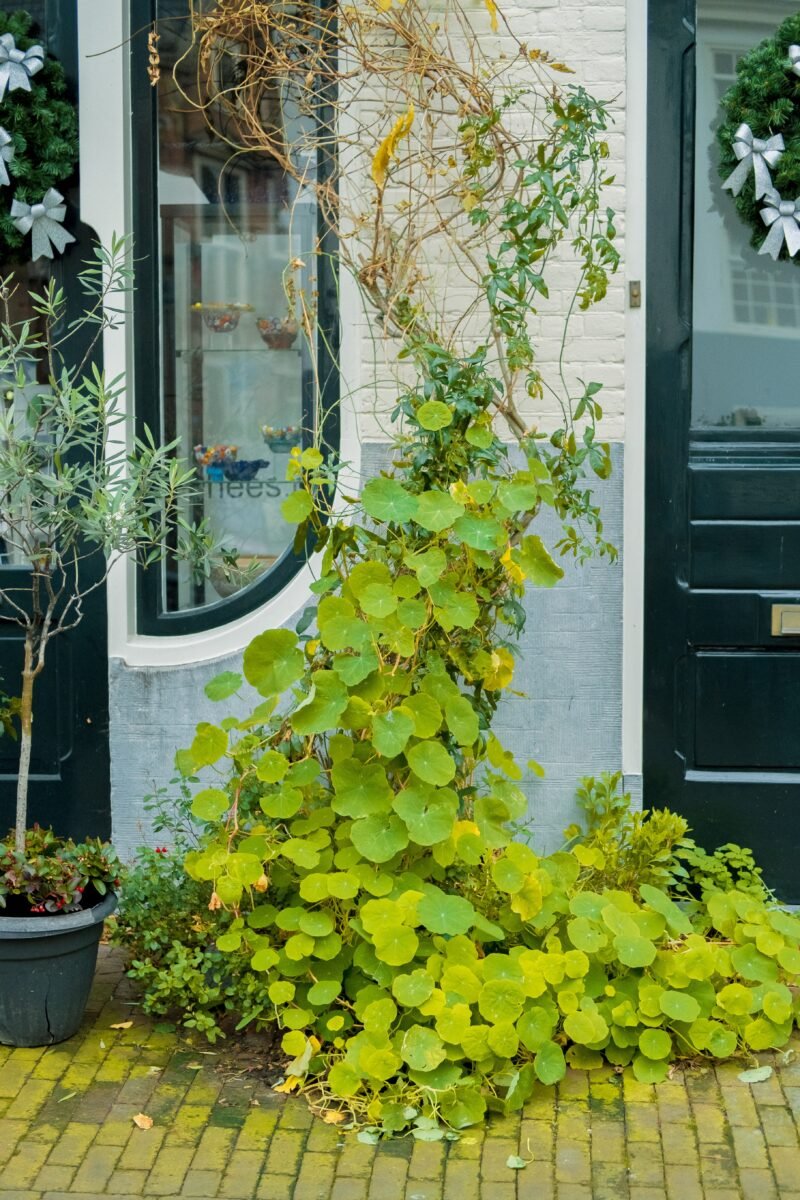
The strong performance of the furniture, DIY and gardening stores shows that people are starting to become more aware of their homes and living environment
Now is the time to reevaluate the environment we come into direct contact with new eyes, and to take a fresh look at the city on a smaller scale. Just like how here in Barcelona, an urban renewal strategy called Superblocks is underway. It is an attempt to limit the use of cars within the block and reclaim the street as a place of activity for pedestrians and people.
Local Citizens Reimagining the Function of Their Homes
Our interest has not always been in products, but in the mentality of looking at things from a different angle. The subject could be anything, even a city; in fact, as part of Droog Lab, we studied cities around the world.
I was fascinated by the people of Manhattan who created their own jobs such as dog walking and language lessons, so I did some research with my partner Diller Scofidio + Renfro and headed to Levittown in the suburbs of New York. The residents there are aging and can’t afford to have their houses extended and renovated. What if a variety of service industries could be created to take advantage of this space and their capabilities? That was the inspiration behind The Open House, a one-day experiment, to transform living spaces into service facilities.
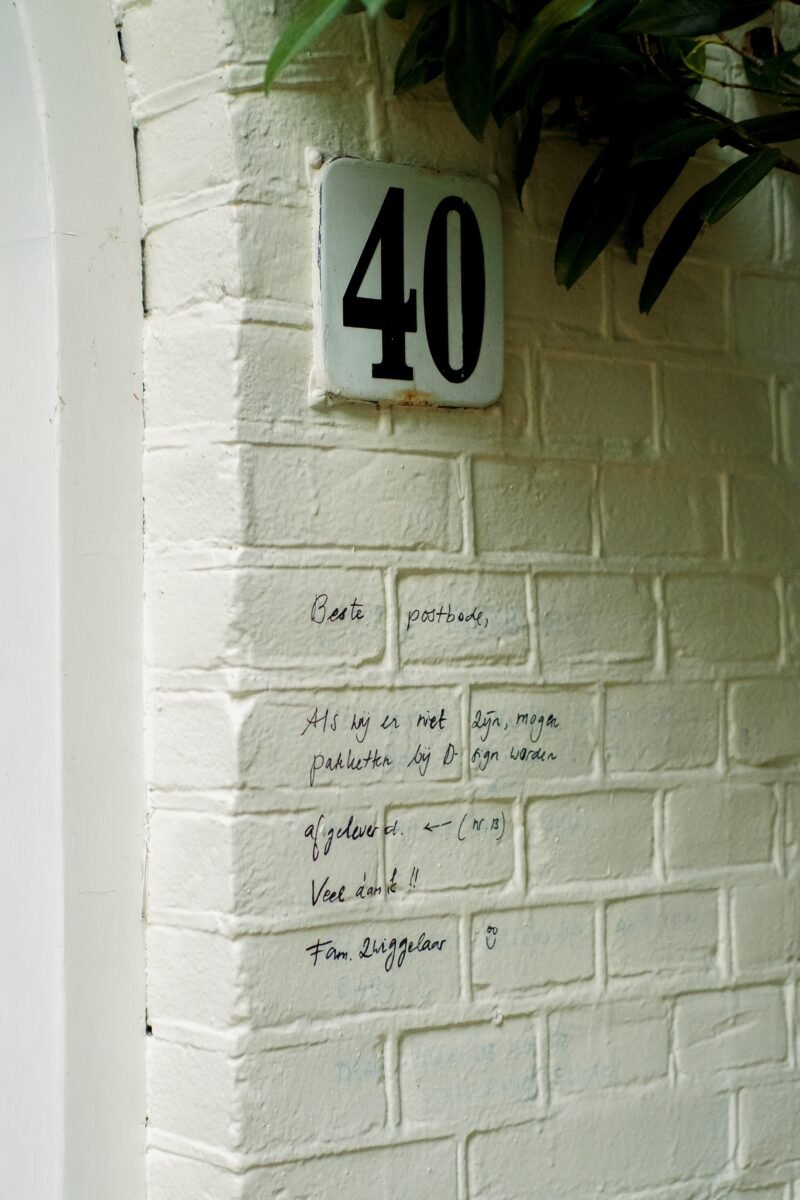
A City That Reflects the Diversity of Dreams
I then moved to Tarwewijk, near Rotterdam in the Netherlands, for our next project. Tarwewijk is a low-income neighbourhood composed of immigrants and diverse cultures – a huge contrast to the white middle class community in Levittown. Many of the services in the city like haircuts and bicycle repair were already operating, albeit secretly.
When we initially proposed a festival as a business neighborhood, we were met with strong opposition. They said that architects and designers would come from outside and implement social projects with subsidies, but as soon as they were done, they would be gone and there would be no profit for them. If you are going to do a project in the community, you have to listen to their desires, work with them, and go beyond their imagination. This is where the idea for Design + Desires was born.
Design + Desires is a project that collects the desires and dreams of various people around the world and in turn, creates something for the community. In order to find out what kind of life people want, we asked a variety of questions to citizens: “Do you want to live in a small village or do you want to live in a city? Do you want to live in an apartment or a house? What about a floating house or a tree house?”

We want to be in the middle between top-down urban planning or grassroots activism. So we try to reconsider what we see from various perspectives. But first and foremost, we consider the diverse perspective of the people who live there. Reflecting back, since the Open House in New York, people’s desires have naturally become the starting point for us.
We want to be in the middle between top-down urban planning or grassroots activism
Capturing Citizens’ Desires to Create Cities That Are ‘Home’ for All
For me, home is a place where I feel safe and belong. In Amsterdam, I travel around a lot and am rarely at home, but in Barcelona I cook every day, grow vegetables in my garden, and have many opportunities to create something from home. This situation is new to me, as I have fewer opportunities to see people and the importance of home has increased.
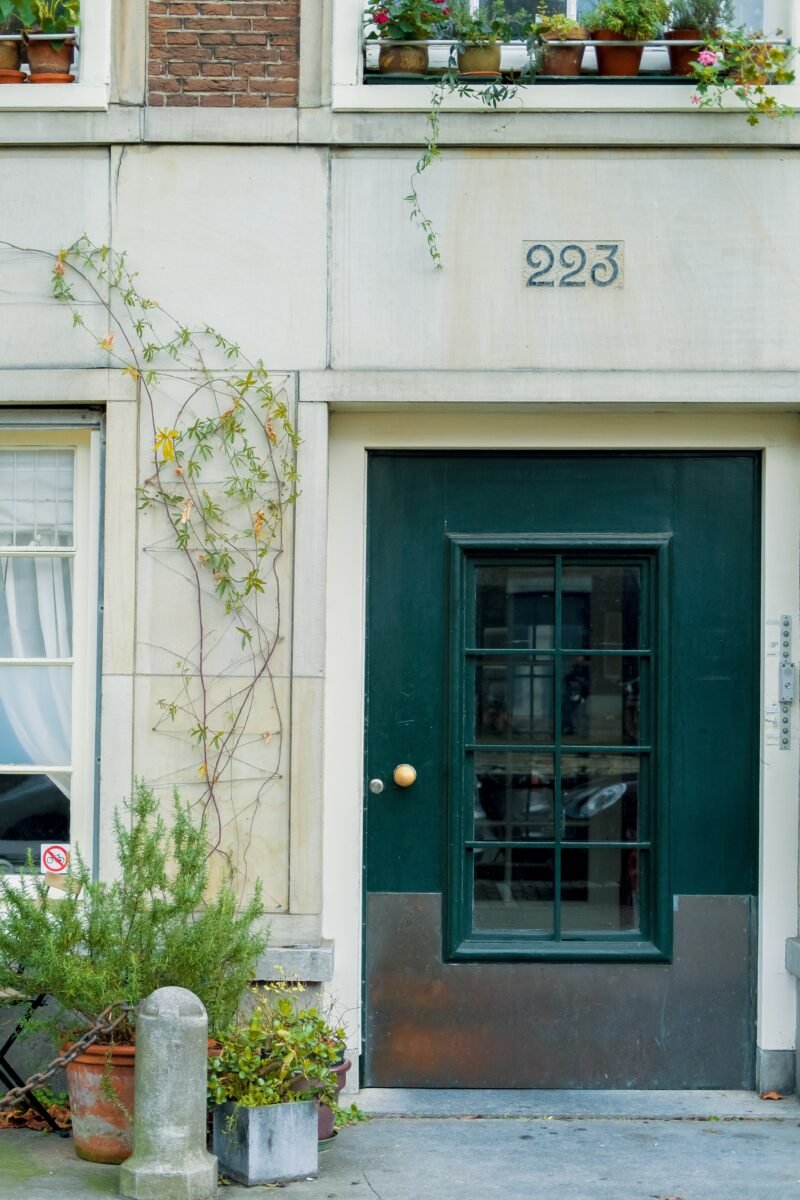
There is a quote by Kwame Anthony Appiah that sticks in my mind: “We are citizens of one world and citizens of many worlds at the same time.” For a world-citizen, anywhere can be home, but at the same time, everyone lives in a different world. It is because I live in both different worlds and one world that I can talk to you in this way.
We draw the essence from the desires of diverse people and seek to create a city where each person can feel at home. That is the motivation behind Design + Desire.
